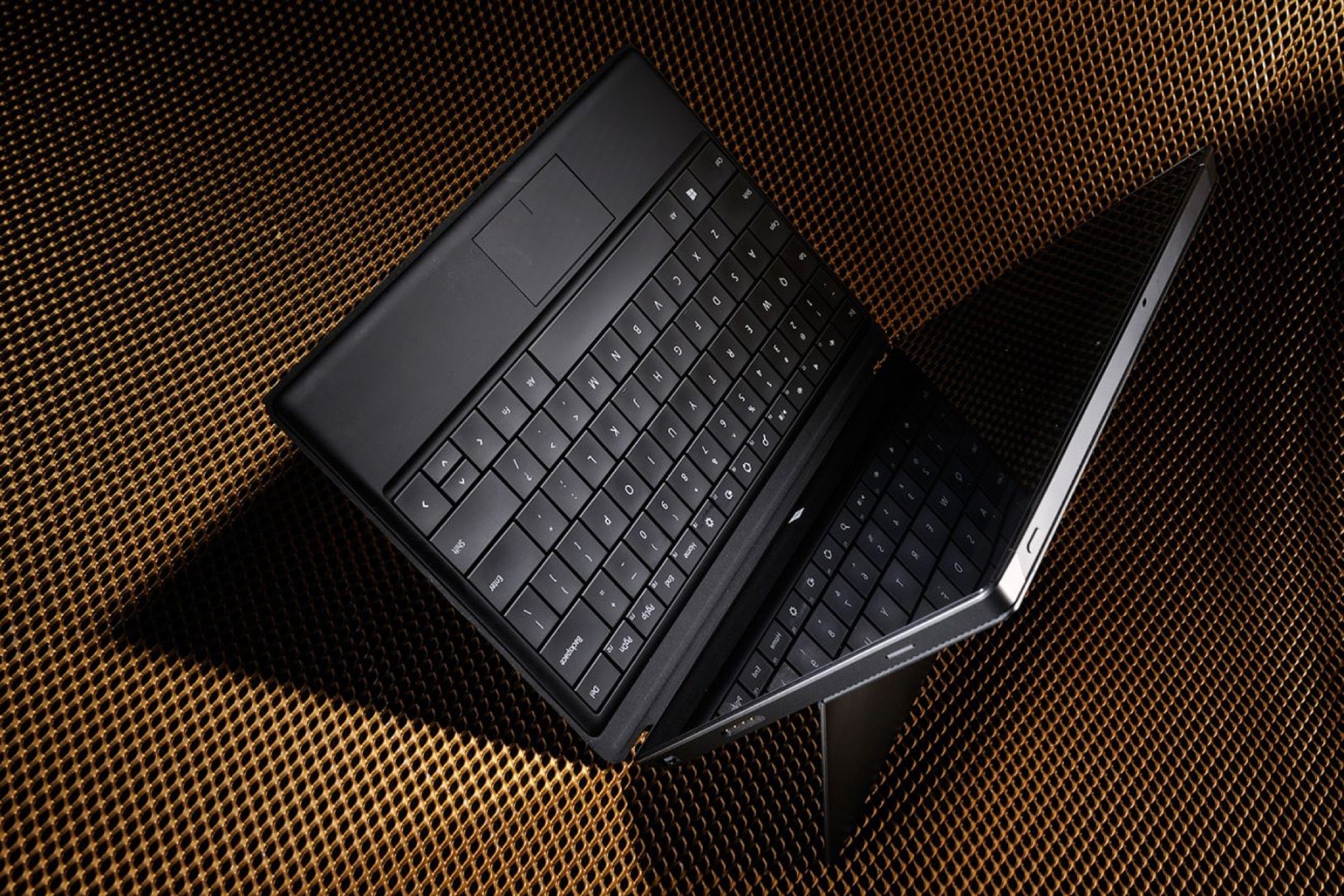Windows Shortcuts That Will Make You More Productive Hey Windows users, here are some key combinations that will save you tons of time.
By Rose Leadem
Opinions expressed by Entrepreneur contributors are their own.

If you're a Windows user, you're in luck. We've uncovered a number of quick, easy and efficient shortcuts that, with just a few quick clicks on the keyboard, will save you time.
Related: A Beginner's Guide to Excel Shortcuts
Whether it's a simple Shift + Delete to move items to the trash or Windows key + Ctrl + D to create new virtual desktops, these Windows shortcuts will help make you more productive.
Open and navigate the start menu quickly
There's an efficient way to open, close and navigate the start menu on your Windows computer. Opening the start menu is simple -- you can either click the Windows key or hit Ctrl + Esc.
While the regular start menu gives you access to your most used programs, settings and power options, Windows also has a "secret" start menu, which expands beyond the regular menu to include even more features and functions such as the task manager, control panel, command prompt, disk management, network connections, system and more. To quickly get to the secret start menu, hit the Windows key + X.
To quickly navigate through your apps on the taskbar, which also included any of your pinned and most-used apps, hit Windows key + T. You can also easily jump right to any pinned apps, which are in certain number positions on your taskbar by clicking the Windows key + the number.
Switch between and open and close apps
Sure, it's a pretty simple task, but we're going to help make it even simpler for you. To quickly switch between any apps, hit Alt + Tab. Now, to quickly close out of any apps, hit Alt + F4. Don't worry about losing any unsaved work, before fully exiting out of any apps, you'll be asked whether you want to save.
Declutter your screen
Here's an oldie but a goodie. Whether you want to show your screen or hide it, Windows key + D will do the trick.
Sometimes you have tons of apps and websites open on your computer, and it can be tedious maneuvering through them all. To minimize all open windows on your desktop, hit the Windows key + M. To undo this and restore those minimized windows, hit the Windows key + Shift + M. To help you focus and pull up just that window that you need, there's also a way to minimize all the windows except for one you've selected or the one you're currently working on. To do so, click the Windows key + Home.
Also, to maximize a selected window, hit the Windows key + Up arrow and to minimize a selected window, hit the Windows key + Down arrow.
Control windows
So, you now know how to quickly open, close, minimize and maximize windows, now it's time to learn even more shortcuts when it comes to minimizing and maximizing windows. You can maximize an active window vertically, while maintaining its width by hitting the Windows key + Shift + Up arrow. To move an active window to the left or right sides of your computer screen, click the Windows key + Left arrow or Right arrow.
Related: Five Shortcuts For Maximizing Efficiency At Work
Add a virtual desktop
You don't physically need multiple monitors to have multiple desktops. For Windows users, your single monitor can have multiple virtual desktops. And it's simpler than you think -- click the Windows key + Tab to open your Task View panel. There you can click New Desktop to add a desktop or the keyboard shortcut to add a virtual desktop is the Windows key + Ctrl + D. You can have an unlimited number of virtual desktops.
Navigating virtual desktops
To move between your virtual desktops, just hit Windows key + Ctrl + Left arrow or Right arrow. (Note: if you've got 100 virtual desktops open, there's no way to jump from 1 to 100 without scrolling through all of them).
To move a window from one virtual desktop to another, Right Click the window, hit Move and choose the desktop you want to move the window to.
To close a virtual desktop, go to the one you wish to close and hit the Windows key + Ctrl + F4.
Ask Cortana
There are a few ways you can utilize Cortana, Microsoft's digital assistant. Click the Windows key + S to open Cortana in text mode so you'll be able to type in the search bar. Then, click the Windows key + C to open Cortana in listening mode, then you'll be able to start talking to the voice assistant.
Open the Action Center
The action center is Windows' notification hub that congregates any app pop ups and system notifications and syncs them across all of your Microsoft devices. To easily open the action center, hit the Windows key + A. At the top of the action center, you have notifications from various third-party apps, for example, Facebook friend requests or new emails, and at the bottom of the action center is the "quick actions" bar, which includes a location toggle button, network settings, tablet mode and more.
Customize your notifications
To customize the notifications that you want to receive in your action center, go to Settings > System > Notifications & actions > Quick actions. There you can choose the top four "quick actions" you want to receive, and put them above the break. Then, you will only see the entire list of quick actions when you hit "expand."
Now, to choose what notifications you receive, go to Settings > System > Notifications & actions and you can check which notifications to hide, which notifications to receive when your device is locked (alarms, events, etc.) and customize them even further under the "Get notifications from these senders."
Related: Use These Social-Media Keyboard Shortcuts to Improve Your Productivity (Infographic)
Navigate File Explorer
To quickly open your File Explorer, hit the Windows key + E.
Once you're inside File Explorer, there are a number of efficient and simple shortcuts. To open a new window in File Explorer, hit Ctrl + N, and to create a new folder the shortcut is Ctrl + Shift + N. To move around, click Alt + Up to move up a folder or Alt + Right arrow or Left arrow to move forward and backward.
To open the properties window of a certain file or folder, click Alt + Enter.
Take and save screenshots
Windows makes it easy to take screenshots, in fact, they pretty much have a key created just for it. By clicking the Windows key + PrtScn, the computer will not only take a screenshot of your entire desktop but it will automatically save it to the "Screenshots Folder," which is inside the Pictures Folder. If you don't want to snap the entire screen, Alt + PrtScn will take a screenshot of just the active window.
Zooming in and out
If you want to zoom in and out using magnifier -- whether it's a file or a window -- click the Windows key + (+) or (-). And when you need to exit out of magnifier mode, simply click the Windows key + Esc.
The need-to-know basics
To brush up on some other basics, here are a few important shortcuts you need to know (if you don't already):
To copy a selected item, hit Ctrl + C.
To paste, hit Ctrl + V.
To select all items in a window, hit Ctrl + A.
To cut a selected item, hit Ctrl + X.
To undo an action, hit Ctrl + Z.
To redo an action, hit Ctrl + Y.
To open a new window, hit Ctrl + N.
To permanently delete an item, hit Shift + Delete.
To lock your computer, hit Windows key + L.












